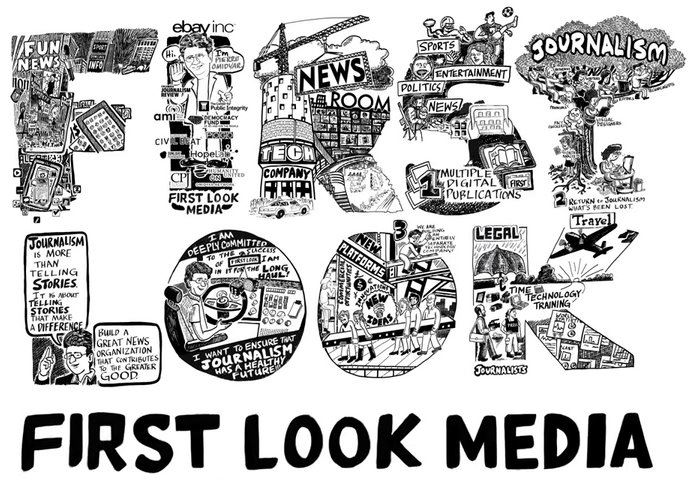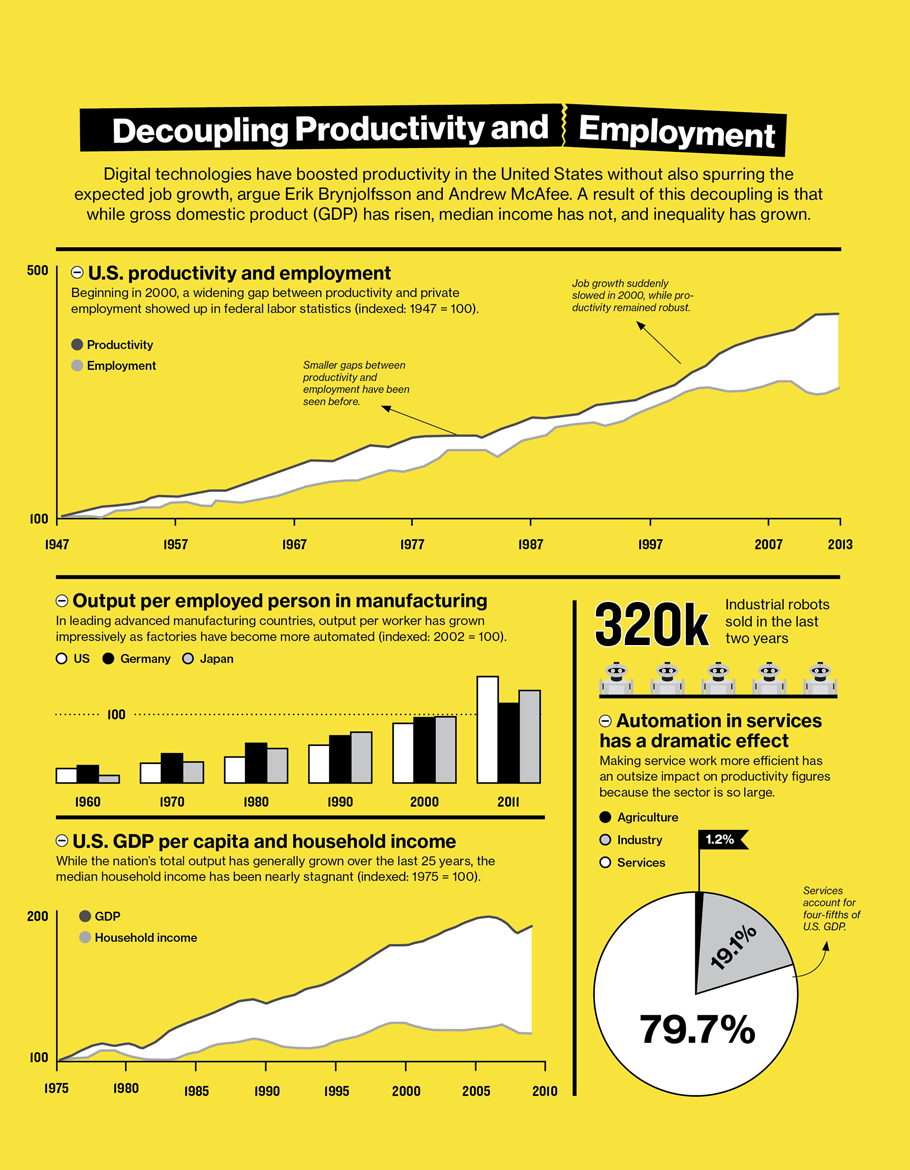Friday, July 17, 2015
i'ma have to follow the "donald's" utterances more closely...,
By
CNu
at
July 17, 2015
0
comments
![]()
Labels: common sense , complications , gifts
Sunday, May 31, 2015
cheating and incompetent overseers messed up the simple task of confirming gang affiliation...,
By
CNu
at
May 31, 2015
6
comments
![]()
Labels: Ass Clownery , complications , Rule of Law
Wednesday, April 29, 2015
b'more overseers murdered freddie gray and started the rioting with schoolkids...,
By
CNu
at
April 29, 2015
0
comments
![]()
Labels: complications , narrative , not a good look
Saturday, April 11, 2015
intro to yemen for young hung wen ting...,
Death to America
Death to Israel
God curse the Jews
Victory to Islam
By
CNu
at
April 11, 2015
0
comments
![]()
Labels: complications , History's Mysteries , school , WW-III
Wednesday, March 25, 2015
storm clouds approaching...
By
Dale Asberry
at
March 25, 2015
0
comments
![]()
Labels: complications , Hanson's Peak Capitalism , weather report
Thursday, March 19, 2015
well-intended thought-leaders and diversity window-dressers need to read some kahneman...,
By
CNu
at
March 19, 2015
0
comments
![]()
Labels: complications , doesn't end well , ethology
Wednesday, December 31, 2014
what would charles koch do?
By
CNu
at
December 31, 2014
0
comments
![]()
Labels: as above-so below , common sense , complications
Wednesday, November 12, 2014
the ecology of religious beliefs
By
CNu
at
November 12, 2014
0
comments
![]()
Labels: complications , conspicuous consumption , consumerism , cooperation , cultural darwinism
Friday, November 07, 2014
why would omidyar sponsor journalism probing global capitalism?
By
CNu
at
November 07, 2014
0
comments
![]()
Labels: complications , Kwestin
Sunday, October 05, 2014
covering up for the a-hole md who didn't check the nurse's notes and put presbyterian's bottom line over patient-zero's well-being...,
By
CNu
at
October 05, 2014
0
comments
![]()
Labels: Ass Clownery , complications , deceiver , doesn't end well
Monday, May 19, 2014
how do you get away with telling the state education superintendent to go stuff it?
By
CNu
at
May 19, 2014
0
comments
![]()
Labels: complications , edumackation , helplessness , institutional deconstruction
Monday, July 29, 2013
stranded by sprawl...,
By
CNu
at
July 29, 2013
16
comments
![]()
Labels: American Original , Collapse Casualties , complications
Friday, June 14, 2013
technology is destroying jobs (psst.., and there's no plan for supporting/sustaining unprofitable consumers)
By
CNu
at
June 14, 2013
0
comments
![]()
Labels: complications , cull-tech , What Now?
Tuesday, June 04, 2013
book reviews: the trouble with neuroscience
By
CNu
at
June 04, 2013
2
comments
![]()
Labels: complications , neuromancy
book review: philosophical foundations of neuroscience
By
CNu
at
June 04, 2013
1 comments
![]()
Labels: complications , neuromancy
Friday, May 10, 2013
for lots of people, off-the-books work is the only work available...,
 newyorker | hen we all finished filing our tax returns last
week, there was a little something missing: two trillion dollars. That’s
how much money Americans may have made in the past year that didn’t get
reported to the I.R.S., according to a recent study by the economist
Edgar Feige, who’s been investigating the so-called underground, or
gray, economy for thirty-five years. It’s a huge number: if the
government managed to collect taxes on all that income, the deficit
would be trivial. This unreported income is being earned, for the most
part, not by drug dealers or Mob bosses but by tens of millions of
people with run-of-the-mill jobs—nannies, barbers, Web-site designers,
and construction workers—who are getting paid off the books. Ordinary
Americans have gone underground, and, as the recovery continues to limp
along, they seem to be doing it more and more.
newyorker | hen we all finished filing our tax returns last
week, there was a little something missing: two trillion dollars. That’s
how much money Americans may have made in the past year that didn’t get
reported to the I.R.S., according to a recent study by the economist
Edgar Feige, who’s been investigating the so-called underground, or
gray, economy for thirty-five years. It’s a huge number: if the
government managed to collect taxes on all that income, the deficit
would be trivial. This unreported income is being earned, for the most
part, not by drug dealers or Mob bosses but by tens of millions of
people with run-of-the-mill jobs—nannies, barbers, Web-site designers,
and construction workers—who are getting paid off the books. Ordinary
Americans have gone underground, and, as the recovery continues to limp
along, they seem to be doing it more and more.
By
CNu
at
May 10, 2013
0
comments
![]()
Labels: Collapse Casualties , complications , governance
Wednesday, April 17, 2013
not only bad statistics, but deeply flawed/erroneous theories, as well...,
By
CNu
at
April 17, 2013
2
comments
![]()
Labels: accountability , complications , institutional deconstruction
Saturday, November 03, 2012
just-in-time consumption-supply chains - intensely vulnerable to slow infrastructure repairs...,
By
CNu
at
November 03, 2012
2
comments
![]()
Labels: Collapse Casualties , complications
Saturday, September 08, 2012
kansas city, google fiber, and the digital divide...,
When Google Fiber launched last month, the announcement of the service came with the caveat that to get the super-fast 1 gigabit broadband hookups, neighborhoods would have to pre-register a certain percentage of households for the service. The deadline for pre-registrations is Sunday at midnight.
Google has a map publicly tracking which neighborhoods meet the goal. As of Friday afternoon, Kansas City, Missouri, looks divided pretty much straight down the middle. On the western half of the city, nearly all neighborhoods have turned green, indicating they’ve met the goal. To the east, most are still yellow, meaning they haven’t met the goal. Right down the middle between the two halves runs Troost Avenue, the city’s historical socioeconomic and racial dividing line. Based on the map generated by the signup data, Google’s project is the latest to fall short of bridging that gap.
“The white, affluent neighborhoods qualified and the primarily black, lower-income neighborhoods didn’t,” says Michael Liimatta, who runs a Kansas City nonprofit that works to bring broadband access to low-income residents. Liimatta’s group, Connect for Good, focused on getting one of the poorest neighborhoods in Kansas City, Kansas, qualified. They succeeded thanks to heavy campaigning and door-to-door efforts, he says.
Google did not go into Kansas City blind to the issue of the digital divide, says company spokeswoman Jenna Wandres. It has 60 representatives on the streets trying to convince people without internet access of the benefits of getting their homes online, Wandres says. (That number will go up to about 100 for this final weekend, she says.) But the process is a challenge, with typical conversations lasting around 25 minutes per resident. Before coming into Kansas City, Wandres says Google did a survey that found about 25 percent of residents didn’t have internet access at home. While affordability is one part of the equation, she says Google found another factor keeping people offline was relevance. “They don’t think they need it,” Wandres says. “They don’t see why.”
By
CNu
at
September 08, 2012
2
comments
![]()
Labels: complications , unintended consequences
Thursday, November 10, 2011
the story of broke
Video - New video from the excellent storyofstuff crew
By
CNu
at
November 10, 2011
0
comments
![]()
Labels: complications , narrative , truth
H.R. 6408 Terminating The Tax Exempt Status Of Organizations We Don't Like
nakedcapitalism | This measures is so far under the radar that so far, only Friedman and Matthew Petti at Reason seem to have noticed it...
-
theatlantic | The Ku Klux Klan, Ronald Reagan, and, for most of its history, the NRA all worked to control guns. The Founding Fathers...
-
Video - John Marco Allegro in an interview with Van Kooten & De Bie. TSMATC | Describing the growth of the mushroom ( boletos), P...
-
Farmer Scrub | We've just completed one full year of weighing and recording everything we harvest from the yard. I've uploaded a s...









